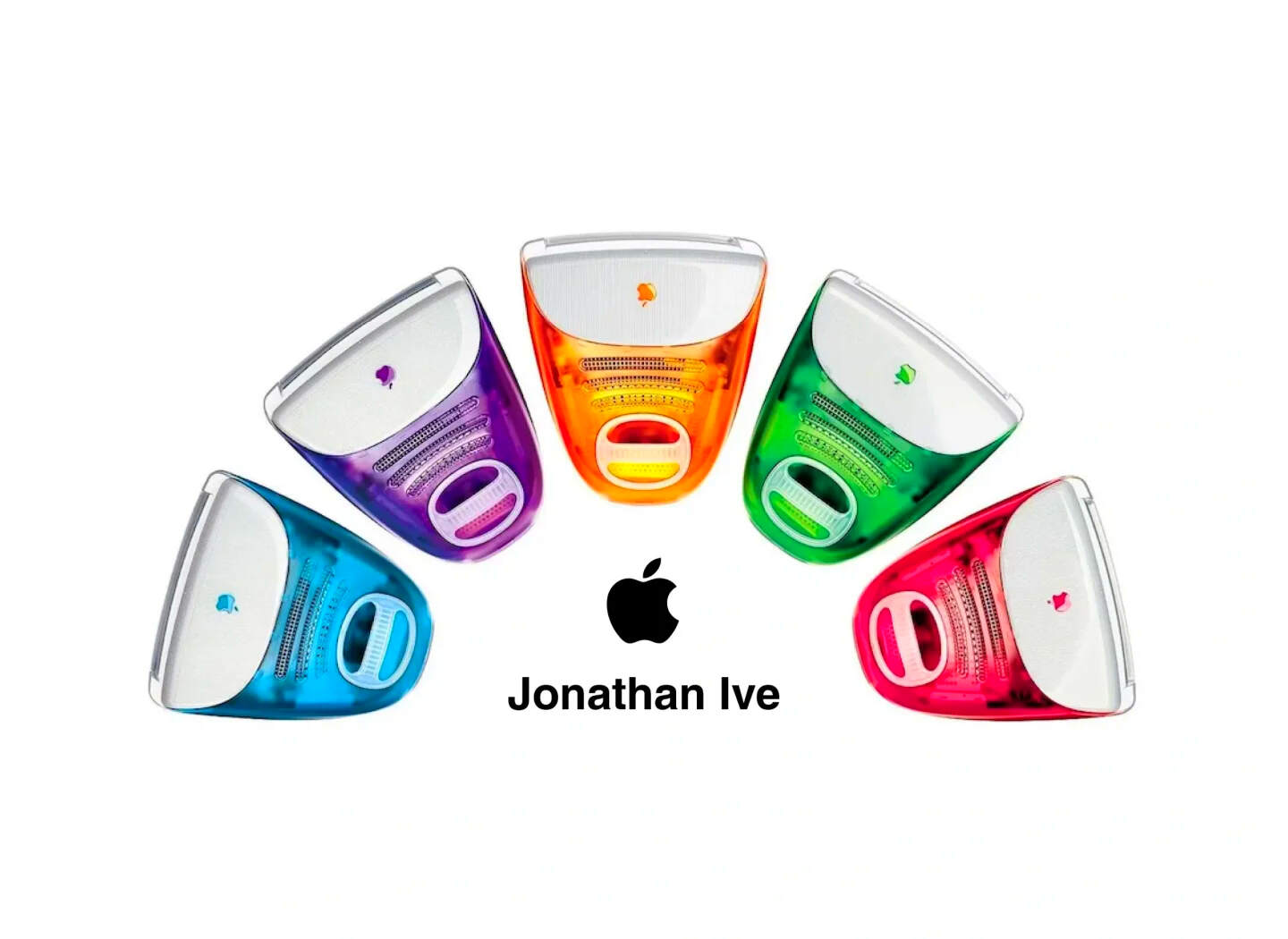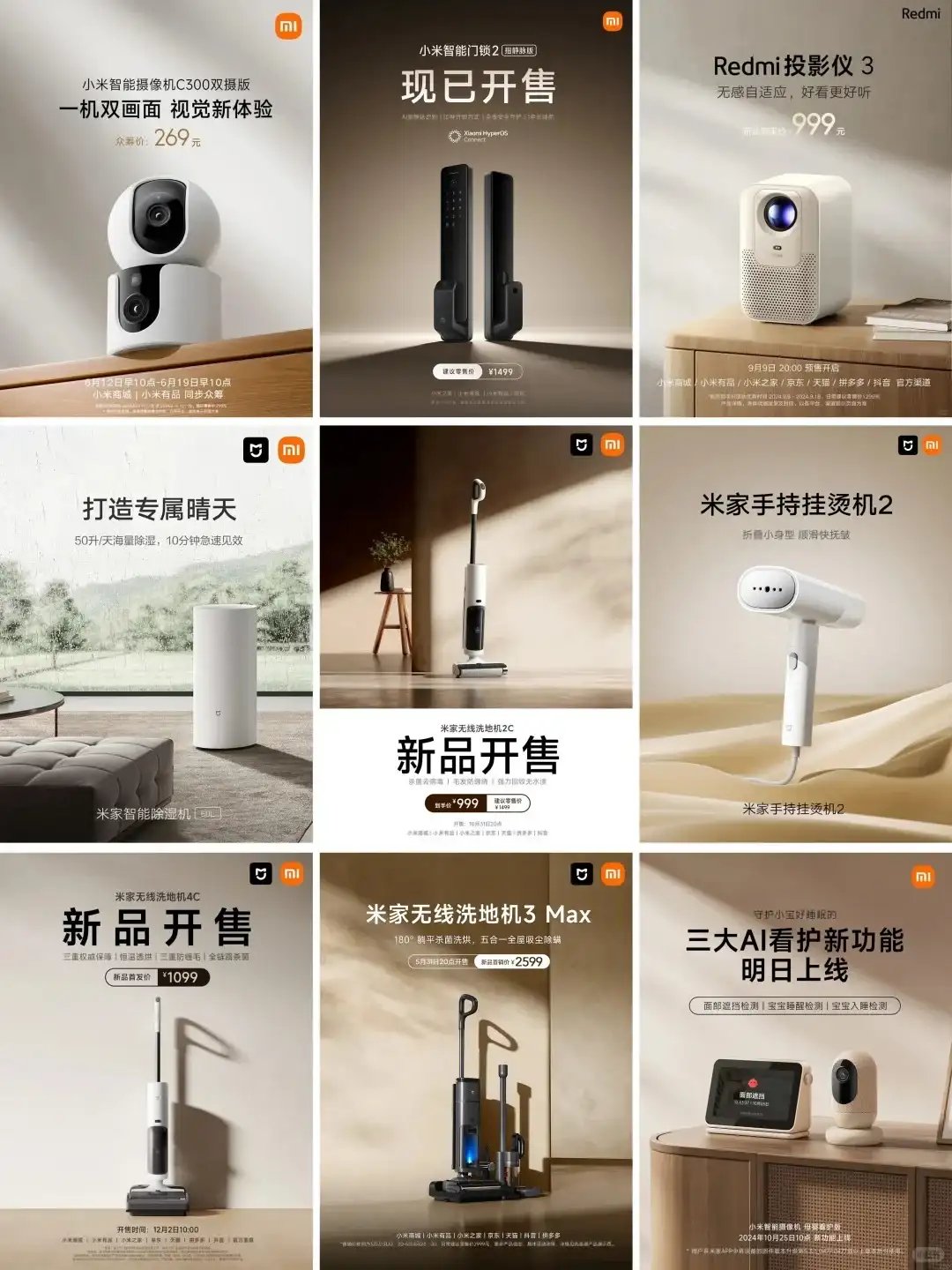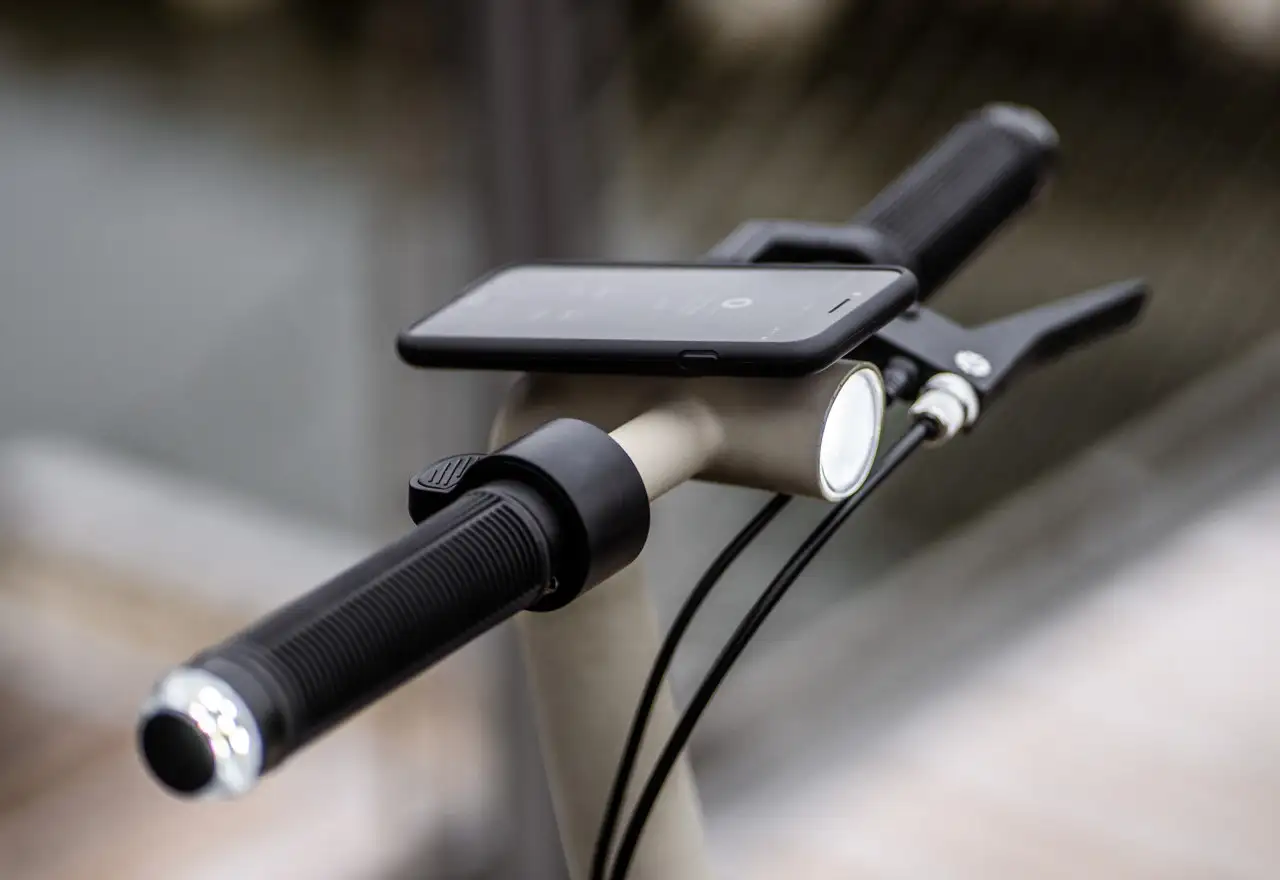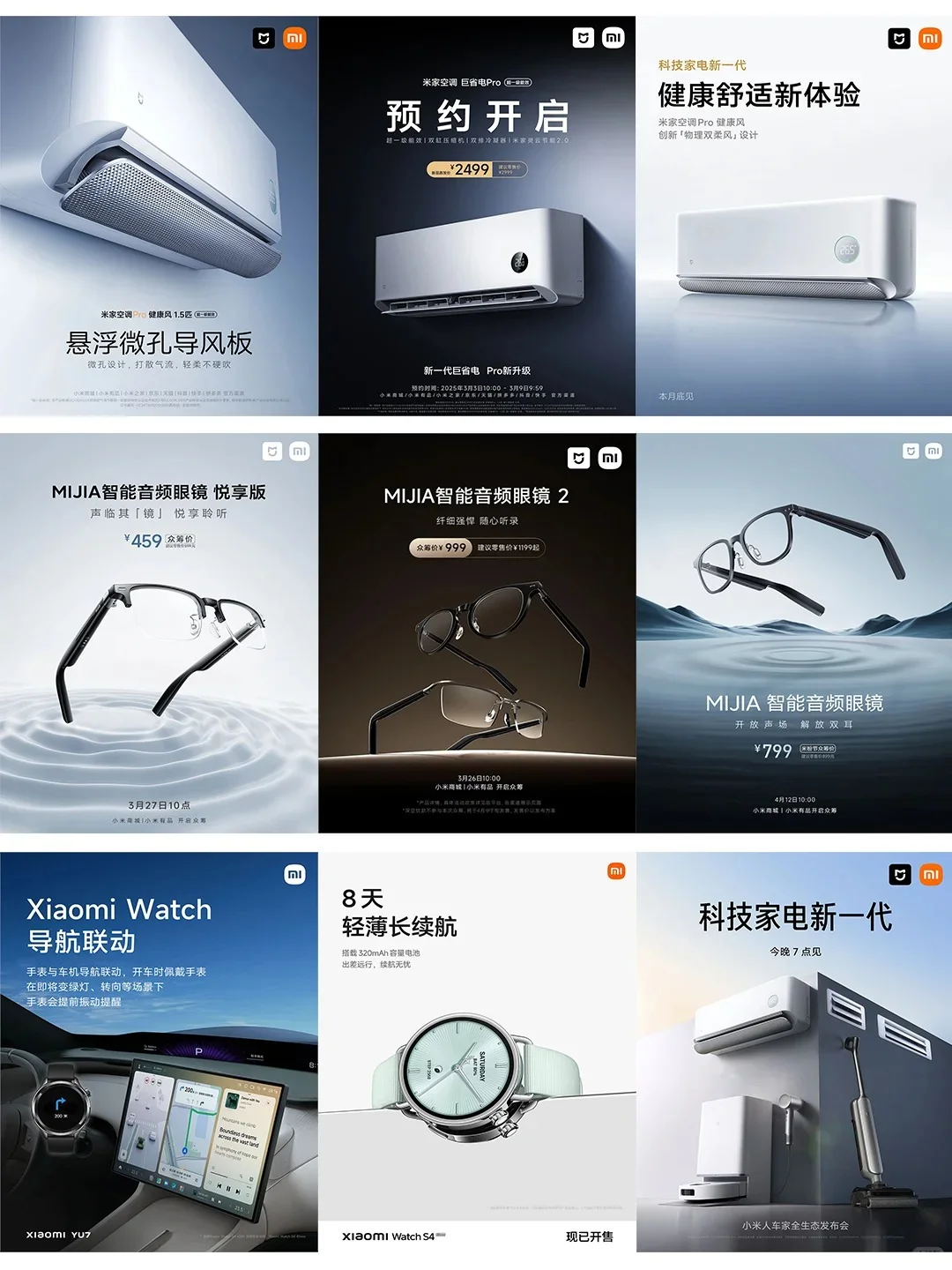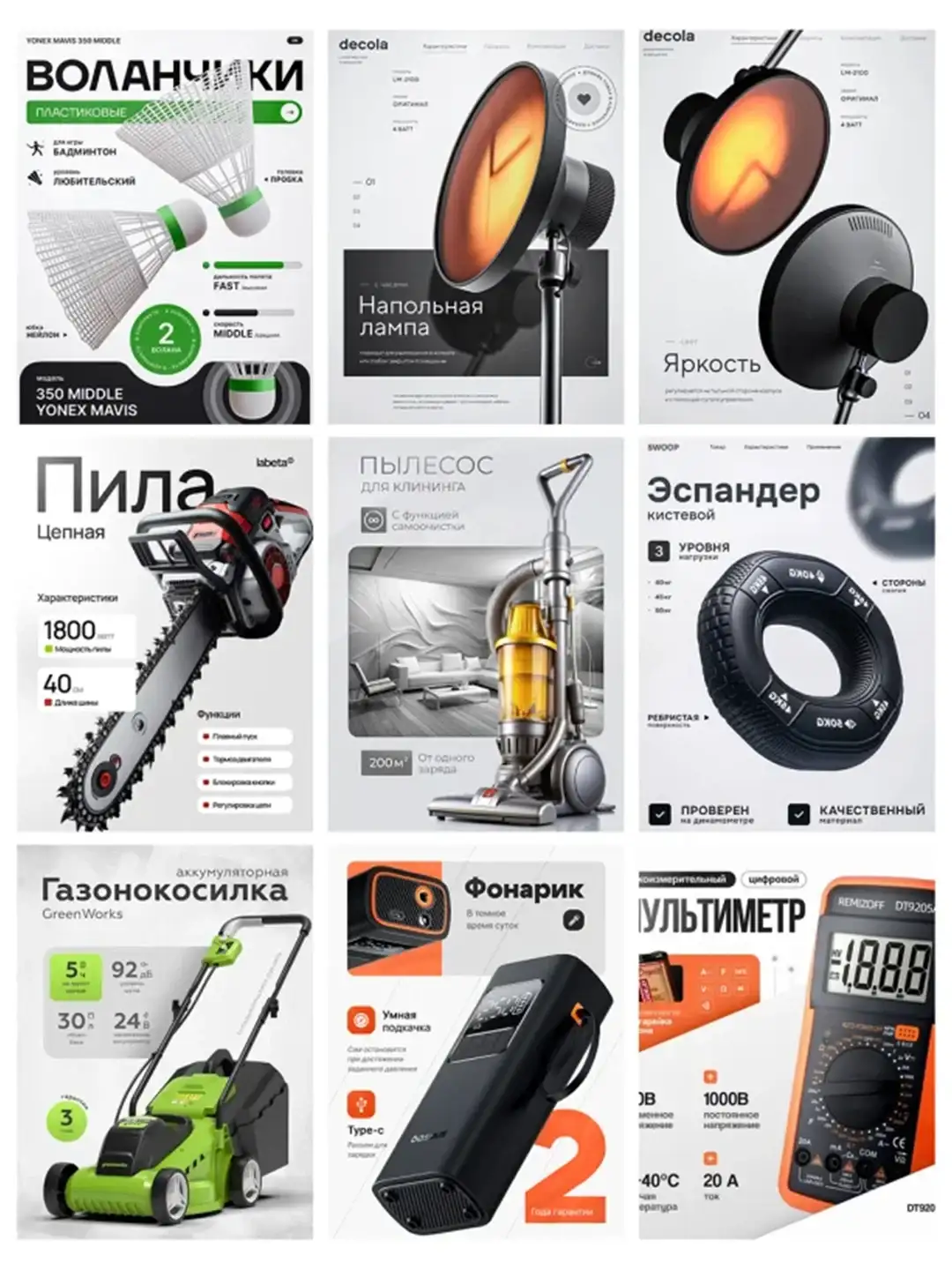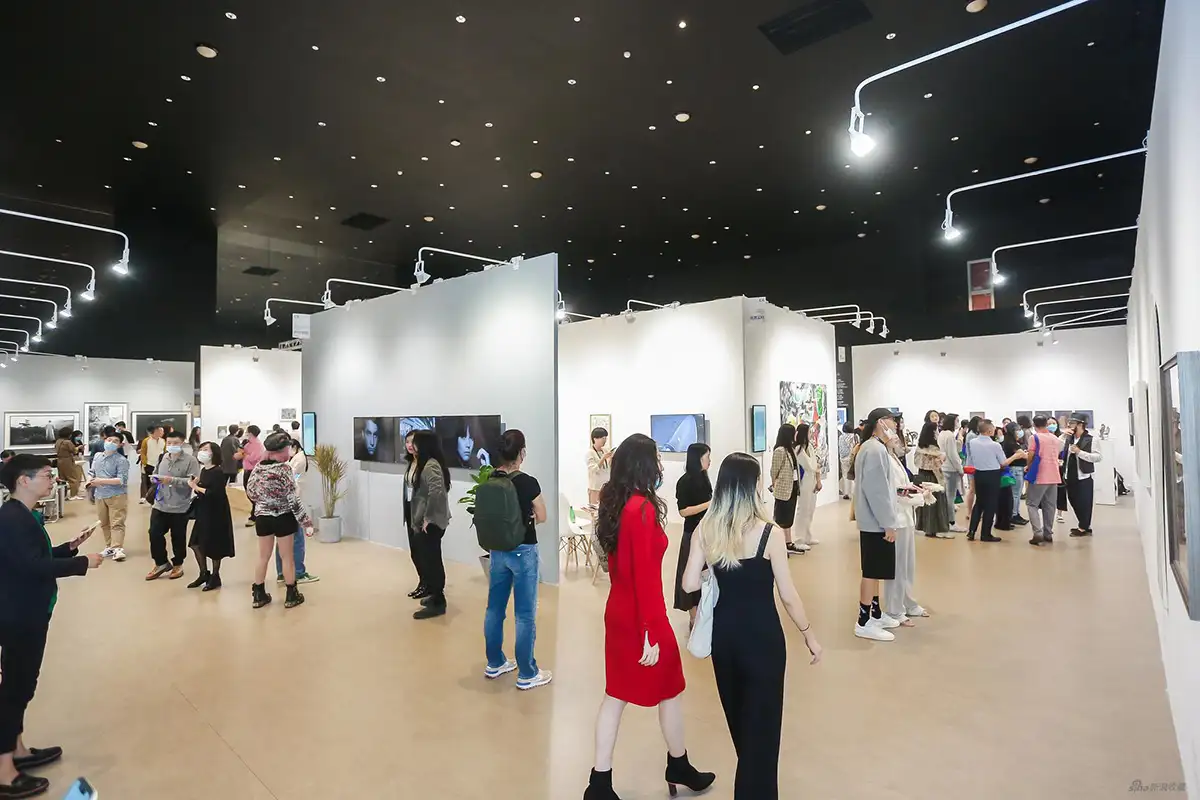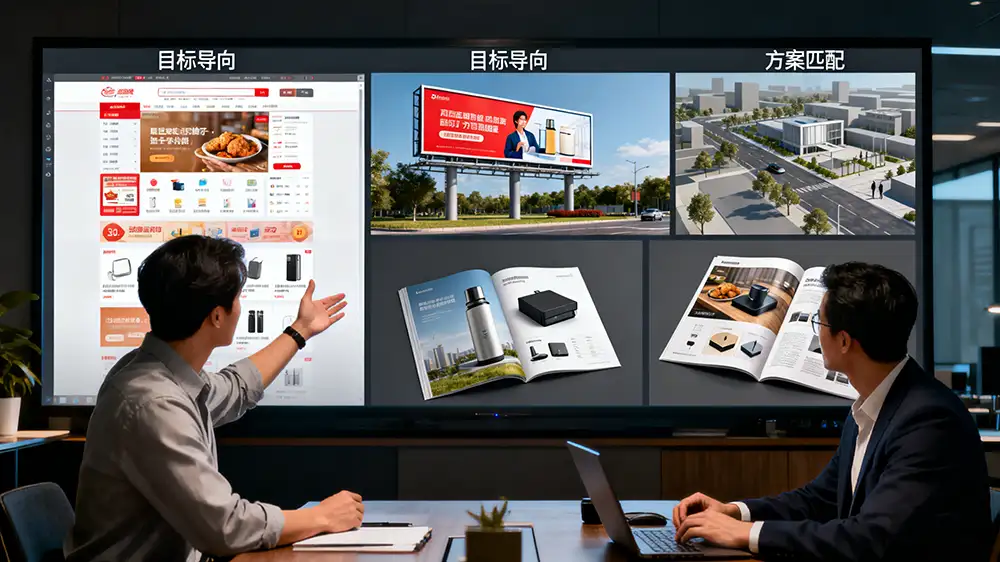NINEIDEA:对于工业设计师而言,产品设计建模不仅是软件操作的熟练度训练,更是将设计思维具象化的「第二语言」。
日常坚持建模练习,就像画家坚持速写、作家坚持日记 —— 它能帮你在三维空间中快速验证比例美感、结构逻辑与细节可行性,避免停留在平面图纸的空想。当你在 Rhino 中反复调整曲面过渡时,会突然意识到「人机工学弧度」在真实握持中的微妙差异;在搭建产品场景时,光影折射的细节会倒逼你重新思考材质选择的合理性。这些藏在建模过程中的「顿悟时刻」,正是设计能力突破的关键节点。
分享一些练习方向供参考,你不需全部建完,把你认为最难的部位用一到三种方法建出来:
不必纠结于「完美模型」,重要的是保持「每周至少完成 2-5个难点建模项目」的节奏 —— 无论是临摹还是原创,每次建模都是一次「与三维空间对话」的过程。当你习惯用模型思考,那些曾停留在纸面的创意,会自然生长出落地的可能性。毕竟,工业设计的魅力,本就藏在「从数字模型到真实物件」的每一道曲面转折里。
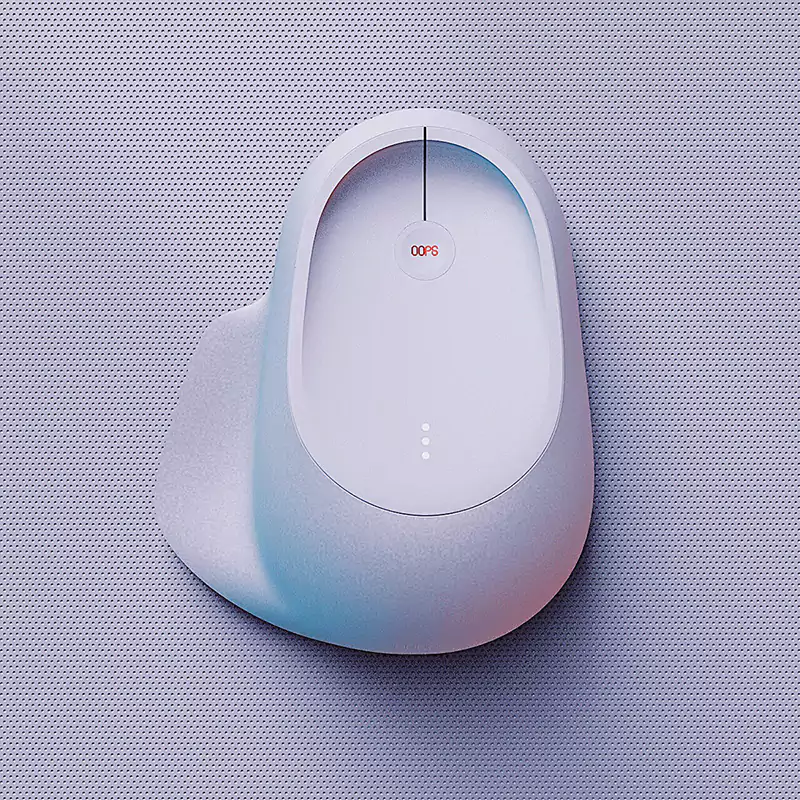

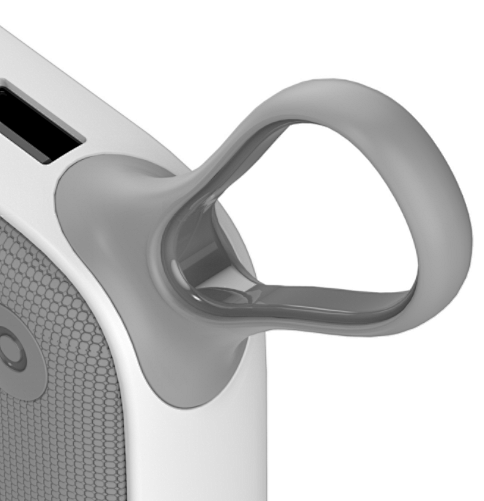
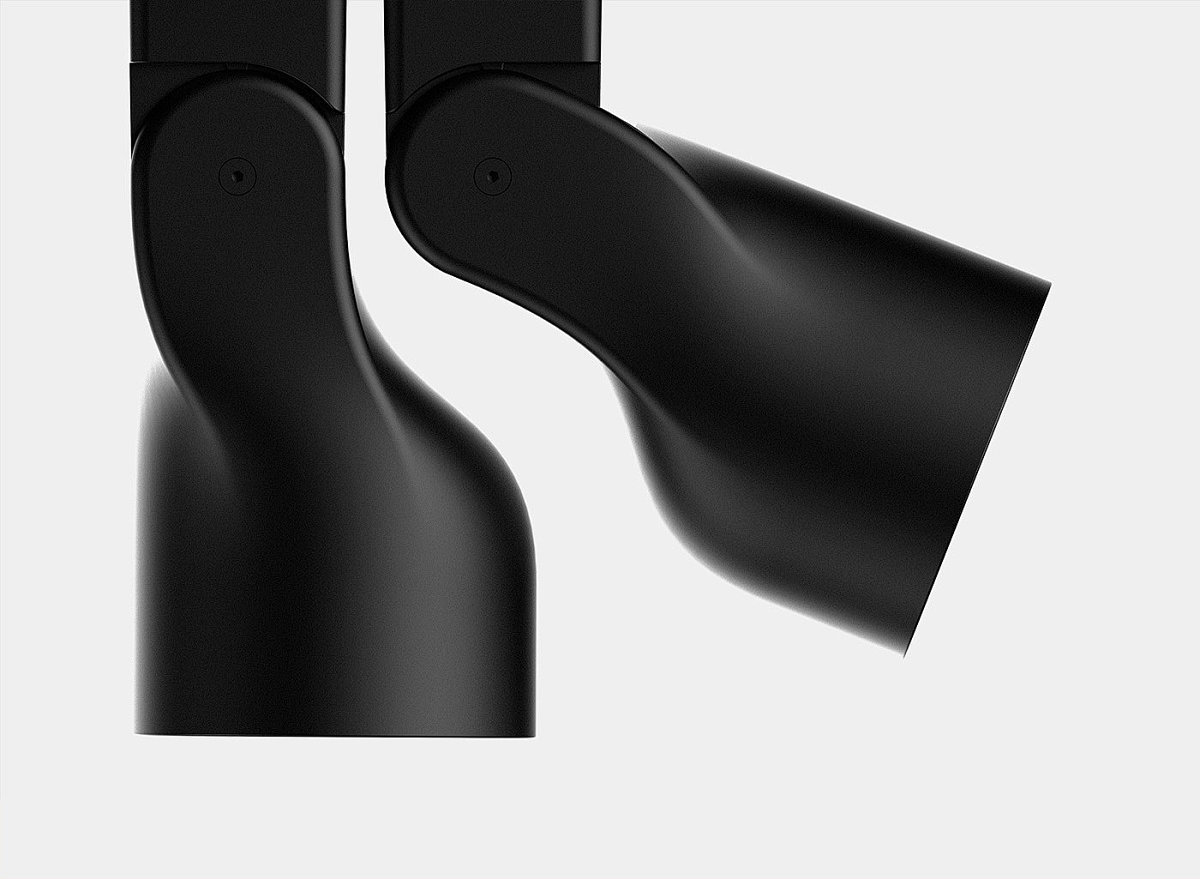
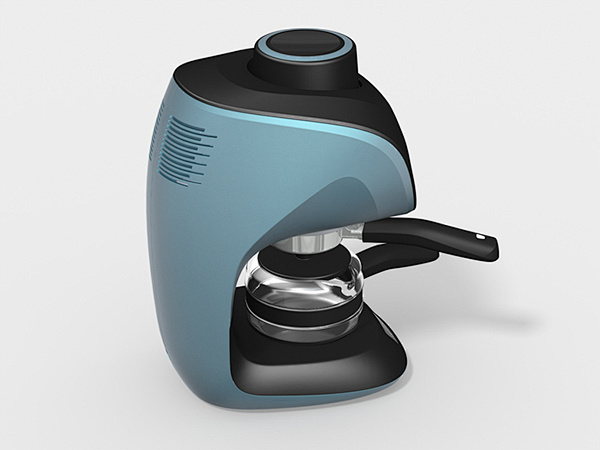



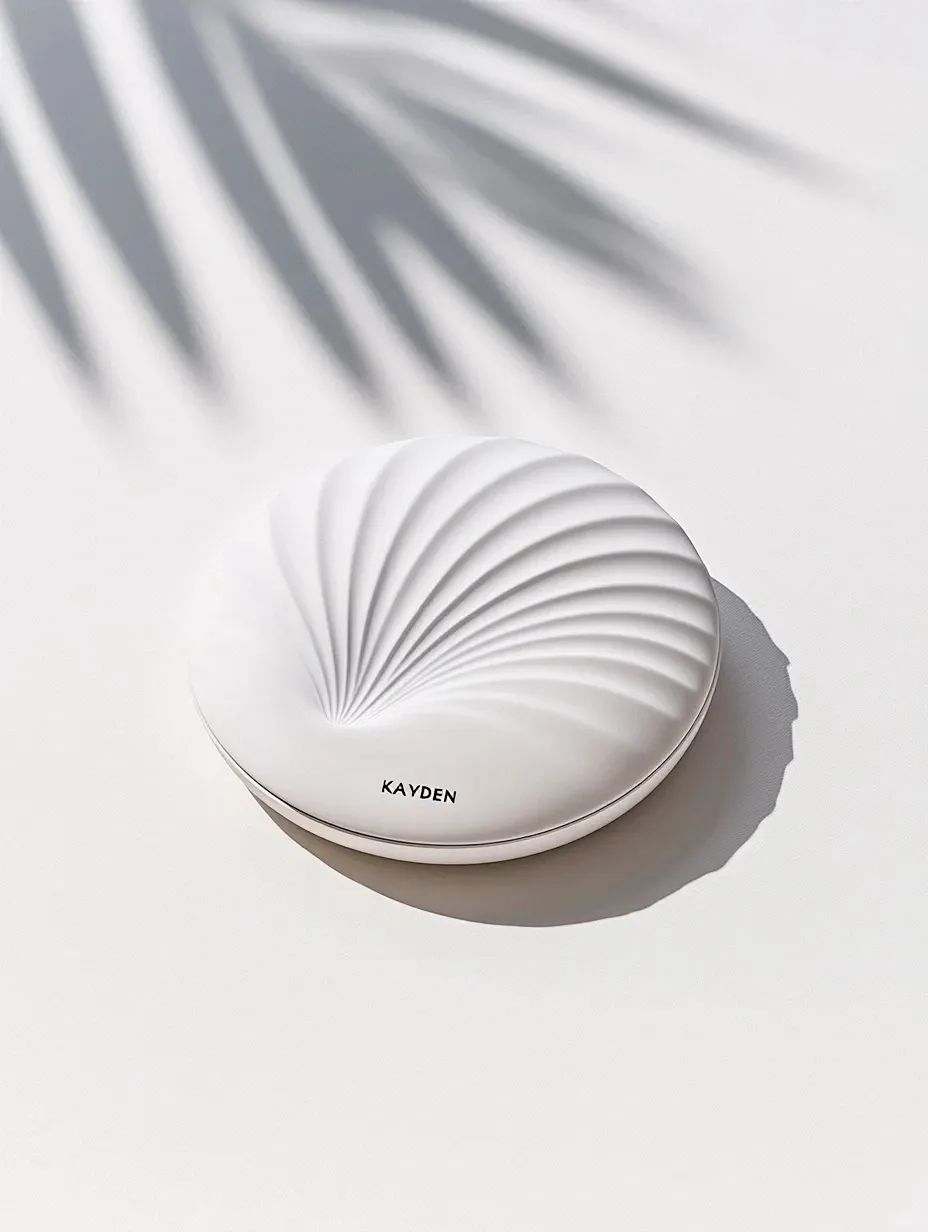

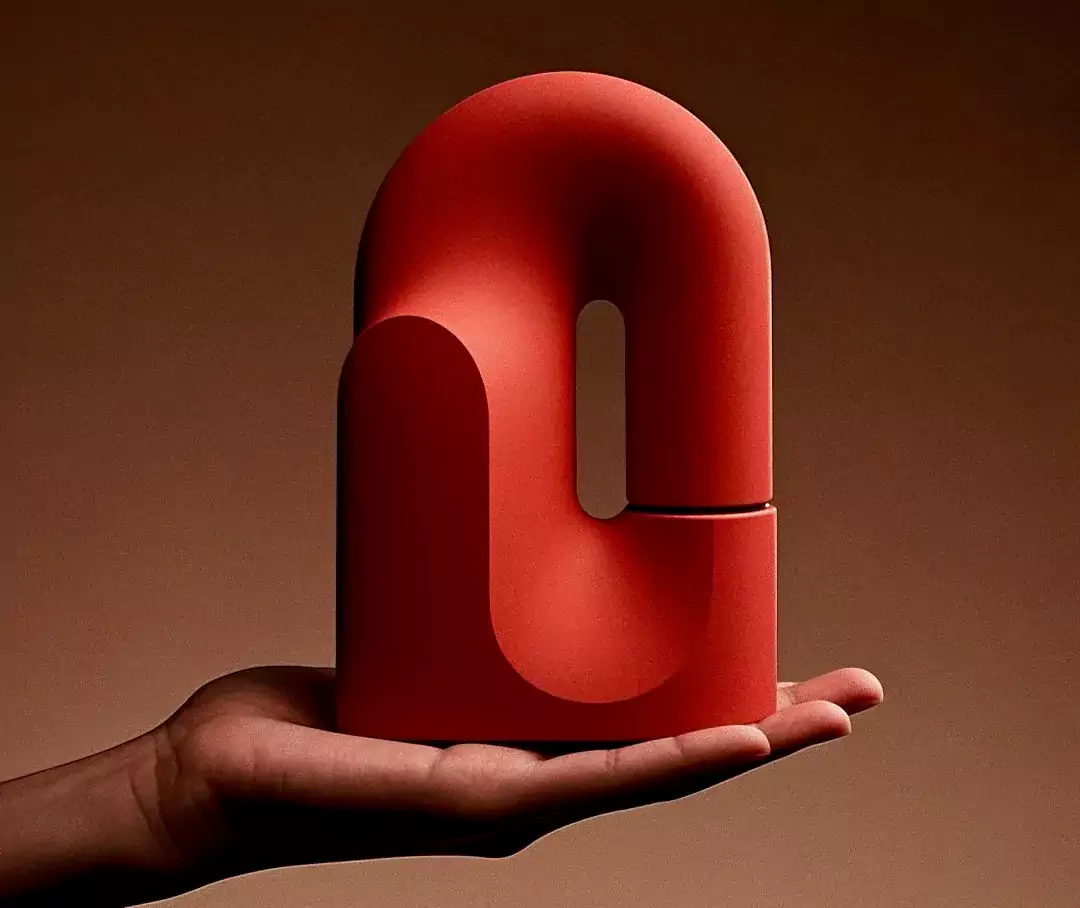
NINEIDEA:For industrial designers, product design modeling is not only a proficiency training in software operation, but also a “second language” that concretizes design thinking.
Persisting in modeling exercises in daily life is like a painter insisting on sketching and a writer insisting on keeping a diary – it can help you quickly verify the beauty of proportion, structural logic, and feasibility of details in three-dimensional space, avoiding staying in the imagination of flat drawings. When you repeatedly adjust the surface transition in Rhino, you will suddenly realize the subtle differences in the “ergonomic curvature” in real grip; When building product scenes, the details of light and shadow refraction will force you to rethink the rationality of material selection. These “enlightenment moments” hidden in the modeling process are the key nodes for breakthroughs in design capabilities.
Here are some practice directions for reference. You don’t need to complete them all. Use one to three methods to create what you think is the most difficult part.
Don’t be fixated on ‘perfect models’, it’s important to maintain a rhythm of’ completing at least 2-5 challenging modeling projects per week ‘- whether it’s copying or original, every modeling is a process of’ dialogue with 3D space ‘. When you get used to thinking with models, those ideas that were once on paper will naturally grow into possibilities for implementation. After all, the charm of industrial design lies in every curve transition from digital models to real objects.













